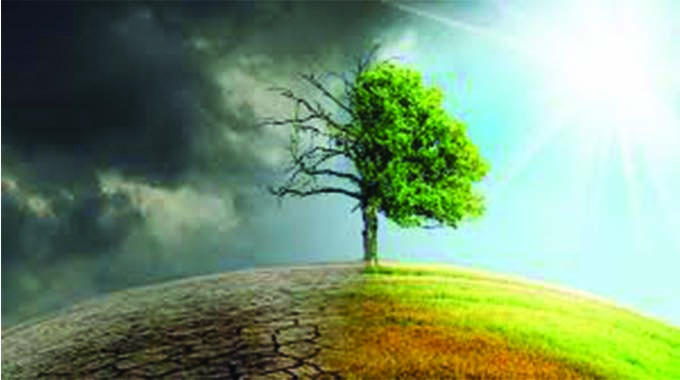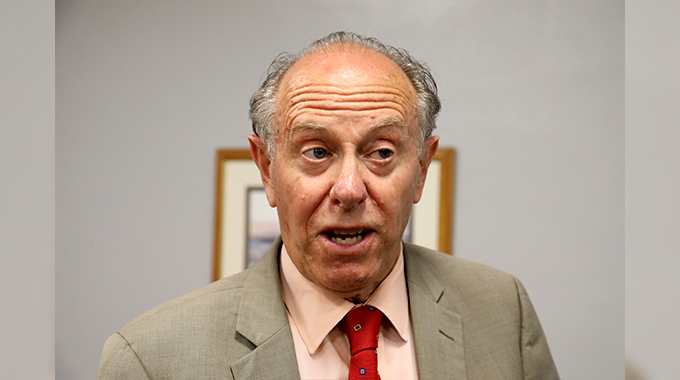Climate change a threat to heritage sites

Ashley Phiri, [email protected]
CLIMATE change has become one of the most significant threats to world heritage sites as it impacts their outstanding universal values (OUV), including their integrity and authenticity as well as the economic and social development and quality of life of communities connected to them.
This emerged during the ongoing 7th edition of the African World Heritage Forum (AWHF) in Bulawayo which is being attended by 19 youths drawn from 15 African countries to discuss sustainable ways to preserve heritage sites from the negative impacts of climate change.
On Tuesday, the participants visited Khami Monuments on the outskirts of Bulawayo to get an appreciation of the heritage site as well as observe the adverse effects that climate change is having on the site.
Khami Monument’s dry stone walls are under threat of collapse exacerbated by climate change. Due to El Nino-induced drought, livestock belonging to people from neighbouring villages including wild animals have turned the Khami landscape into grazing land due.

Climate change
In the process of grazing, the animals destroy the stone walls, platforms as well as the original dagga structures.
Speaking after the tour, International Centre for the Study of the Preservation and Restoration of Cultural Property (ICCROM) programme manager Dr Rohit Jigyasu said high-intensity rainfall is also a threat to heritage structures.
“What came out strongly during the tour is that because of the changes in climatic conditions, it is becoming more and more difficult to maintain the sites. High-intensity rainfall puts pressure on the stone walls leading to their collapse and the problem is likely to worsen in the future,” he said.
“The other issue is that developments around the site are directly or indirectly affecting the site. When people move closer to the site, there is a need for an adequate impact assessment to understand the risk to the site especially when they combine with climate change.”
Another participant, Mr Keneshell Siwempi from Marondera said water bodies along Khami Monuments were heavily polluted which harms the general aesthetic value of the landscape and endangers the aquatic life.
An environmental microbiologist from Namibia, Ms Bertha Chifeta said visiting the site was an eye-opener for her.

“It’s a culturally significant site because it takes you back to who you are. I saw how climate change is affecting the site such as the falling walls and the anthropogenesis activities taking place around the site,” she said.
Mr Darius Savior Nkhama from Ghana said the experience inspired him to preserve cultural heritage for future generations.
“Exposing young people to the heritage of our fathers inspires us to preserve heritage sites so that our children can also get to experience the rich cultural knowledge that heritage sites like Khami hold. I will take back this knowledge to Ghana and hopefully I can learn how to best preserve similar heritage sites,” he said.












Comments